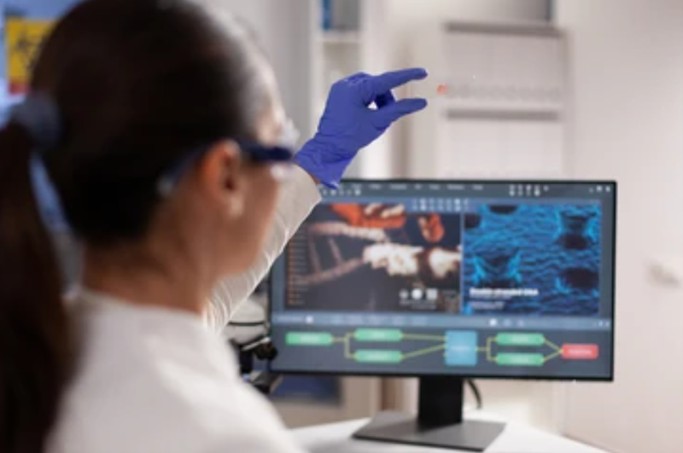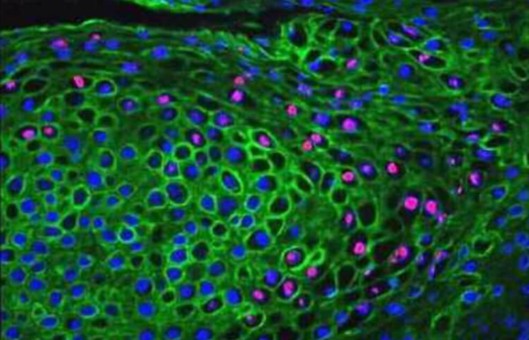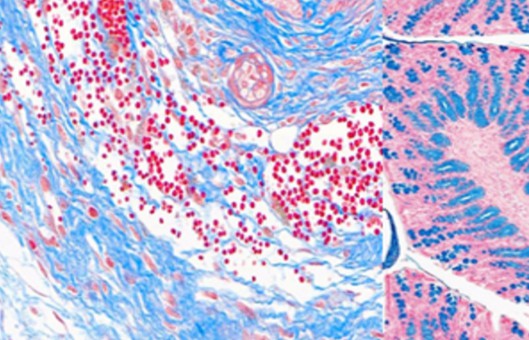IF Protocol for Frozen Sections
GUIDELINE
Immunofluorescence technique, also known as fluorescent antibody technique, is one of the earliest developments in labeled immunology techniques. It is a technique based on immunology, biochemistry and microscopy techniques. Some scholars have tried to combine antibody molecules with some tracer substances to localize antigenic substances in tissues or cells using antigen-antibody reactions since a long time.
METHODS
- Place the slices in a 6-well plate (or 12-well plate) and close them with 3% hydrogen peroxide for 10 min according to the secondary antibody instructions (if removed from the slice protection solution, wash again with PBS).
- Aspirate the hydrogen peroxide, wash twice with PBS and wipe the water around the sections with absorbent paper or toilet paper, taking care not to touch the sections.
- Dilute the primary antibody proportionally according to the primary antibody instructions and add the diluted primary antibody; generally, 50 µl of primary antibody dilution is required for one rat brain slice and 30 µl for a mouse brain slice; take care not to let the liquid flow to the edge; if it does, add it again or add a large amount so that the brain slice is completely immersed in the liquid.
- Leave overnight (18h or 24h) at 4°C; then, wash twice with PBS.
- Color development for 10 min, depending on the shades of staining of the film, adjust the color development time appropriately. Generally, the color development is obvious in 3 minutes, if the color is still not developed in 20 minutes, see the following reference.

- Wash twice with PBS, transfer to slides and let dry naturally.
- Dehydrate. 70% alcohol 3 min, 95% alcohol 3 min, 100% alcohol 3 min, 100% alcohol 2 min, xylene 2 min, xylene 3-5 min. If the slides have more salt on them, 1min in double distilled water before 70% alcohol.
- Put the slices into 6 empty plates of goat serum closure solution and close them for 20-40 min. If removed from the slice protection solution, wash again with PBS.
- Aspirate away the goat serum, wash twice with PBS, and wipe the water around the sections with absorbent paper or toilet paper, taking care not to touch the sections.
- Dilute the primary antibody proportionally according to the primary antibody instructions by adding PBS to the diluted primary antibody.
- Overnight at 4°C (18h or 24h), 37°C is not recommended, and the incubation time can be extended to 48 or 72 hours if the fluorescence is not strong.
- Wash two to three times with PBS, dilute the fluorescent secondary antibody according to the secondary antibody instructions and incubate for 2 h at room temperature. Take care to protect the operation from light.
- Wash twice with 0.01 M PBS, transfer to slides and dry naturally away from light.
- After adding anti-quenching agent dropwise, cover the coverslip and observe under the microscope.
NOTES
- If the fluorescence is too dark, possible reasons are low protein expression, short incubation time of primary or secondary antibody, too many washes, inappropriate pH of the solution, too low or too high concentration of primary and secondary antibodies, excitation wavelength not in the applicable band of the antibody.
- If the background fluorescence is too dark, the possible reasons are too high concentration of primary or secondary antibody, too short closure time, too non-specific; too strong microscope.

